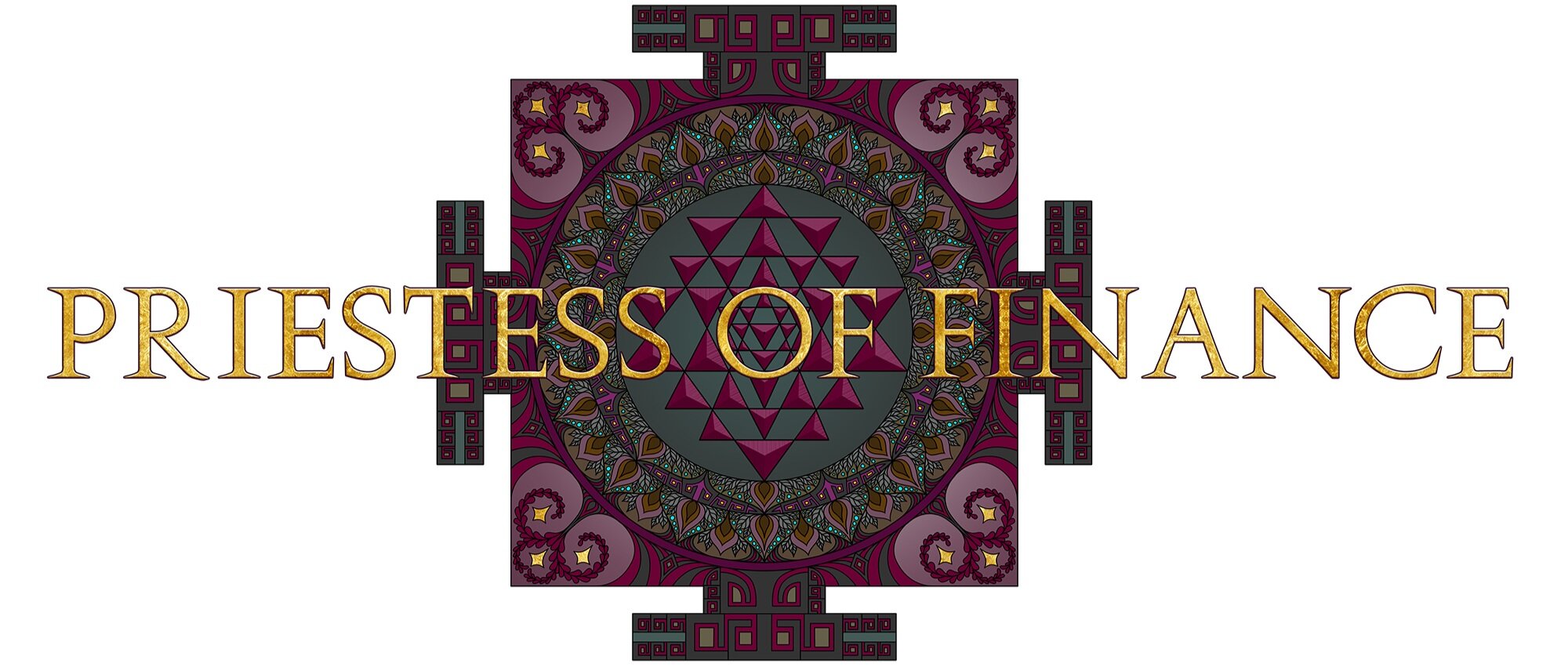Staying In The Green Zone
I recently started a new work out called Orangetheory. It's a unique style of interval training: you wear a heart rate monitor and a display screen reflects your heart rate in real time while you go through a strategic workout, assigning it a color. The goal is to get into the orange zone — hence, 'Orangetheory' — to sustain intensities at 85% or higher of maximum heart rate.
Since I started doing this workout, just one week ago, I have noticed how much more inspired I am by watching whether or not I am in the "orange zone." If I start to drop below I can work a little harder, if I go over I can pull back some. And I have noticed within one week I also feel more energized, confident in my body and my clothes feel much looser. And the workout seems to go by in a flash!
What does this have to do with finance you ask?
The way we monitor our finances says a lot about not only our relationship with money, but also our relationship with ourselves.
A tracking system and spending plan gives us a sense or a 'pulse' on our financial well-being. It is a feedback loop, like the orange zone. If we live within the boundaries that WE have established in a spending plan, we feel more in integrity with ourselves, and this creates confidence, clarity, and ultimately, we get more creative and inspired to see what else is possible with money. By also learning to accept and make peace with limitations and boundaries we reduce the resistance we have with money and this opens up creative ways to make more of it.
There is something really amazing which happens when we work with boundaries and limits. It becomes a blessing, teaching us to allocate our resources with intention, clarity, prioritization, and discernment. This can feel really empowering when we can get behind the bigger picture of why managing limited resources is a good thing.
When we go outside our established boundary, we get to see how we relate to ourselves. Do we get judgmental or critical? Or are we simply curious about why we are going outside the boundary? Do we create a strategy to pull back if going over or find ways to bring more awareness and try a little harder to stay within our intentions?
By having a tracking system and a spending plan, we get to look at the whole picture. If we save money on groceries for example, we can possibly go to traveling for a month because we learned how to pull back, get resourceful, practice discline and allocate money towards something that is really important to us.
This is why a tracking system is a powerful and indispensable tool: it gives us a pulse on our inner state of mind as it relates to money, financial goals, and boundaries, along with helping us to continuously make improvements.
It's like watching the orange zone, but rather in Quicken or Mint, it's the GREEN zone, where you are falling within the zone or boundary you want to be in.
I know when I initially set up my own tracking system, I had so much resistance! I didn't want to see how much (or how little) money I had, nor did I want to see where it was going. That would put me in the position of having to look at my habits and patterns, and dare I say, taking responsibility for the experience I was having, which was one of lack and not enough.
I realized though in order to change the fear of scarcity and the belief I didn't have enough, I had to look at how I was contributing to the situation at hand.
So if you find yourself resisting setting up a tracking system, ask yourself: what are you the most afraid of seeing? Whatever the answer is, learn to make friends with it.
If the answer is that you are overspending, or underearning, or how noticing little money you have, can you find compassion for yourself and get curious as to why you are creating that situation?
This can help you move through the resistance and start down the path of doing something about it!


